A spiritual place of refuge that innovates with the times: Hongsheng Temple on Fuquan Street
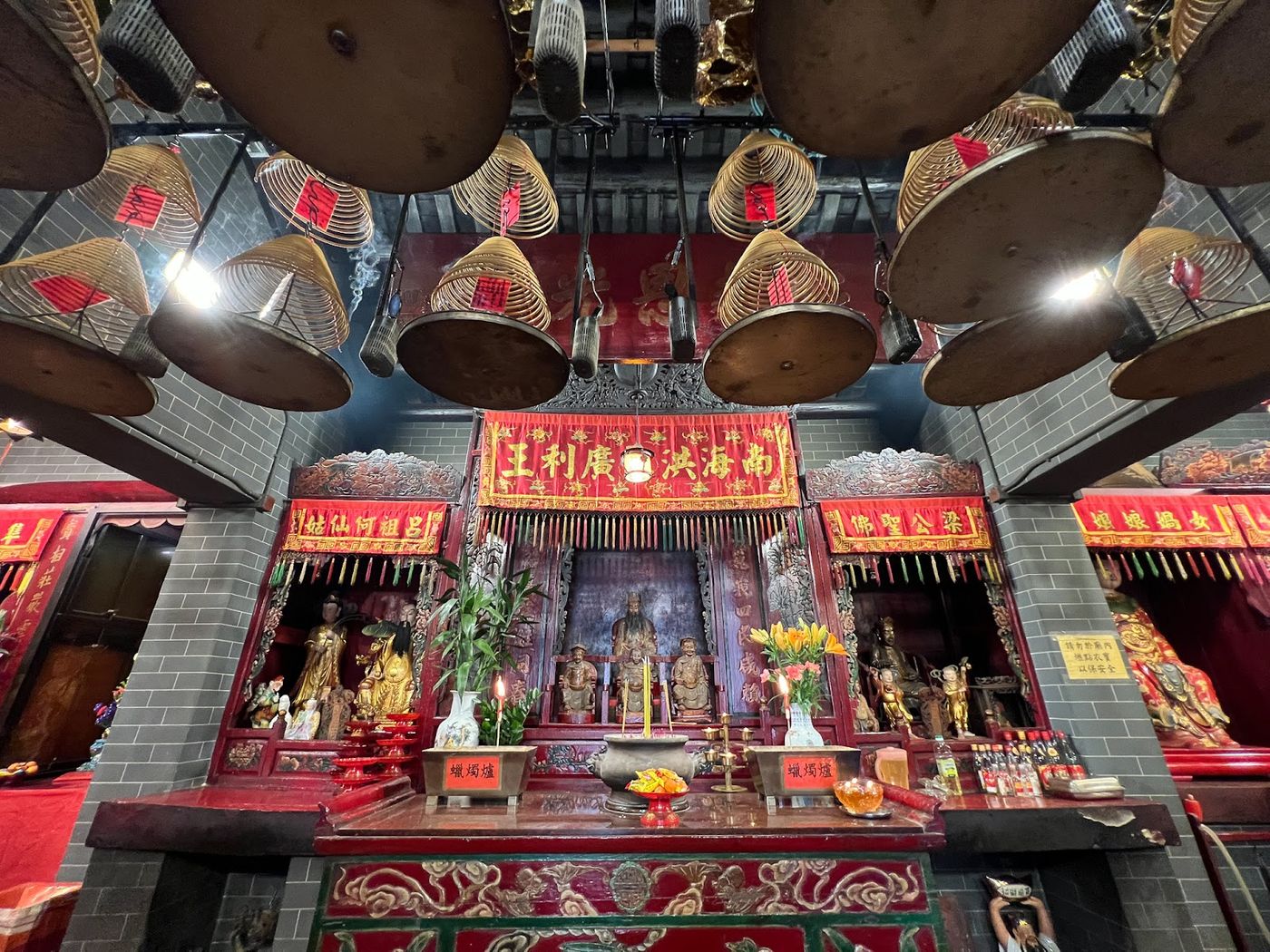

From Boundary Street to Fuk Chun Street
The Hung Shing Temple in Tai Kok Tsui is located on Fuk Chun Street and was rated as a Grade III historic building in 2010. The single-story building is hidden among tenement buildings and old-style industrial buildings. The only thing that stands out is the tall and lush banyan tree in front of the temple. Its trunk slightly stretches out towards the sidewalk of Fuquan Street, as if silently waving to passers-by. Neighbors said it was a century-old tree. Jacky Chan, assistant operations manager (commissioned temple) of Tung Wah Group of Hospitals, said: "I can't say it's a hundred years old, but it's as old as this street is. It's probably 100 years old." The tree is more than 90 years old." Hung Shing Temple was built in 1881. The original site was located in "Fuk Chun Township" at the junction of Boundary Street and Tai Kok Tsui Road. At that time, the area was all shoals, and Hung Shing Temple was a place for fishermen along the southern coast of China. The villagers built a temple to worship the sea god they believed in, which reflects the past coastline and the villagers' lifestyle of relying on the sea for a living. In 1928, the government developed land and built streets in the area. Fuk Chuen Township was demolished and Hung Shing Temple was moved to its current location. The street in front of the temple was named "Fuk Chuen Street". The temple has since witnessed the development of Tai Kok Tsui.
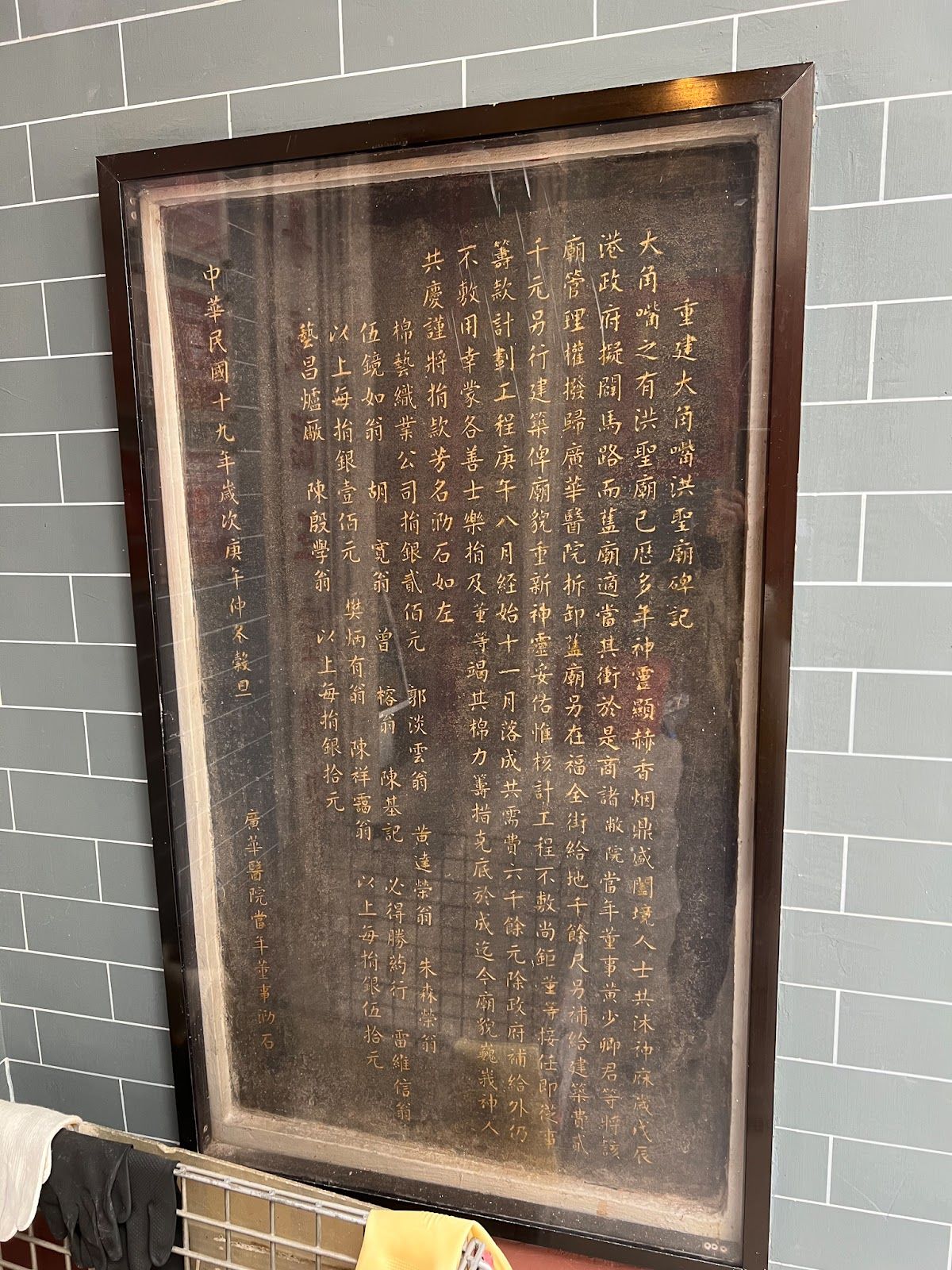
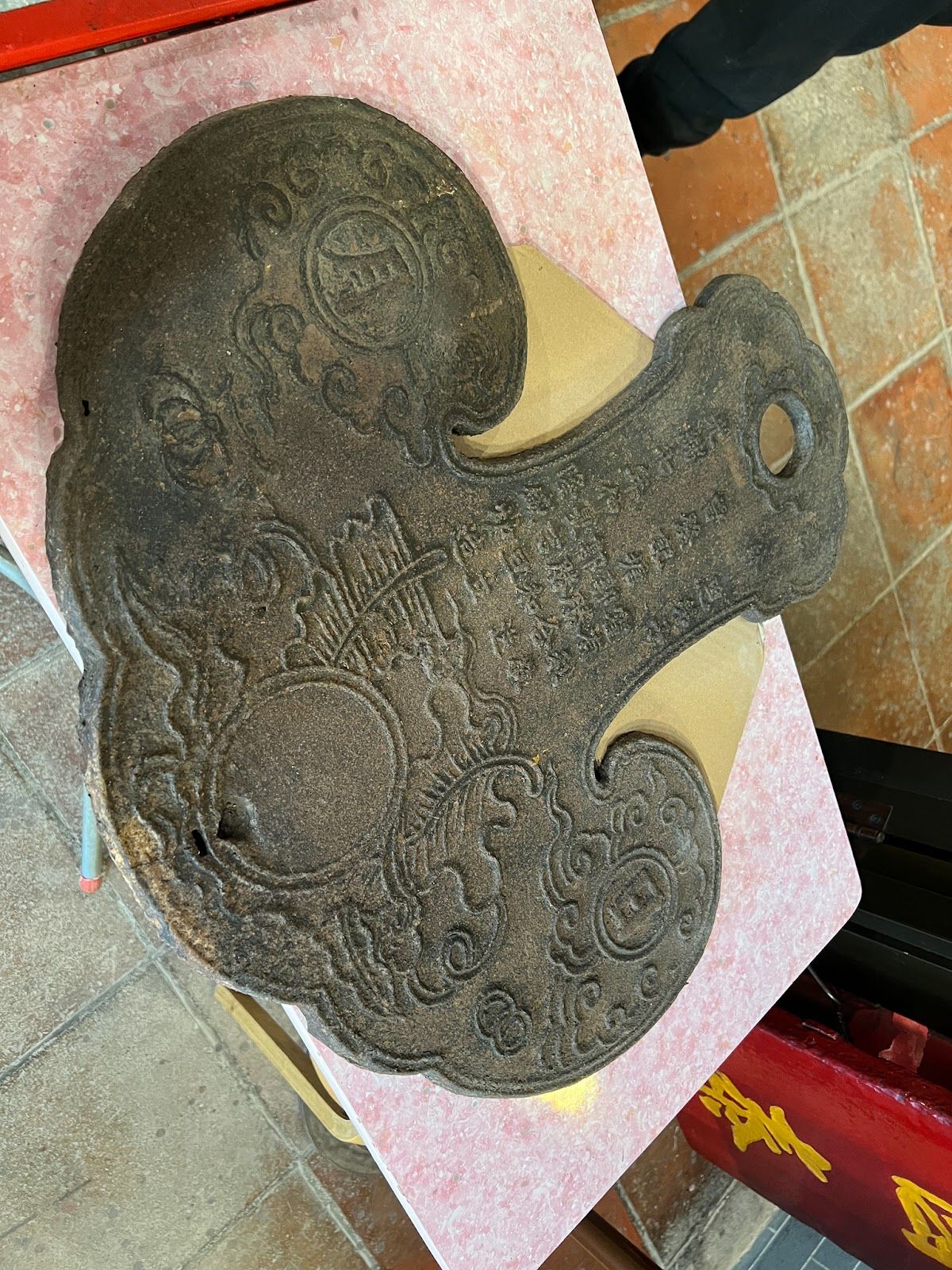
Revitalize traditional religious services
After the reconstruction, the Hung Shing Temple on Fuk Chuen Street was handed over to the management of the then Kwong Wah Hospital. In 1931, after the merger of the three hospitals (Kwong Wah Hospital, Tung Wah East Hospital, and Tung Wah Hospital), it was transferred to the management of Tung Wah Group of Hospitals to this day. Jacky explained that when the British government first took over Hong Kong, it was not familiar with Chinese affairs and relied mostly on coordination between Chinese leaders and local organizations. Tung Wah Group of Hospitals was one of the entrusted organizations. It was managed on a non-profit basis and currently has seven temples under its jurisdiction. In the early years, the hospital hired outsourcers to operate the temple. Since 2012, it has gradually taken back the temple and managed it on its own.
Because the Hung Shing Temple in Fuk Chun Street, Tai Kok Tsui is relatively small, it became the first pilot project for Tung Wah Group of Hospitals to try to innovate management and services: For example, in the past, more than a hundred incense pagodas were hung in front of the temple, and the appearance of the Hung Shing Temple could not be clearly seen. Now it has been reduced to more than 20 hanging in the temple; Taoism has the "five offerings": incense, flowers, lamps, water, and fruits. The temple has reduced the burning of incense, and subsequently increased the number of blessing services such as Zhunti Lotus Lanterns and Hongsheng Sky Lanterns. Devotees write blessings on red cards and offer "lamps" to God. All the above services can be applied for on the online platform. The change of format is not only due to environmental protection considerations, but also to facilitate the faithful. For example, during the epidemic, the temple management team once organized an online Guanyin library and hosted a live broadcast to read blessings on behalf of devotees.
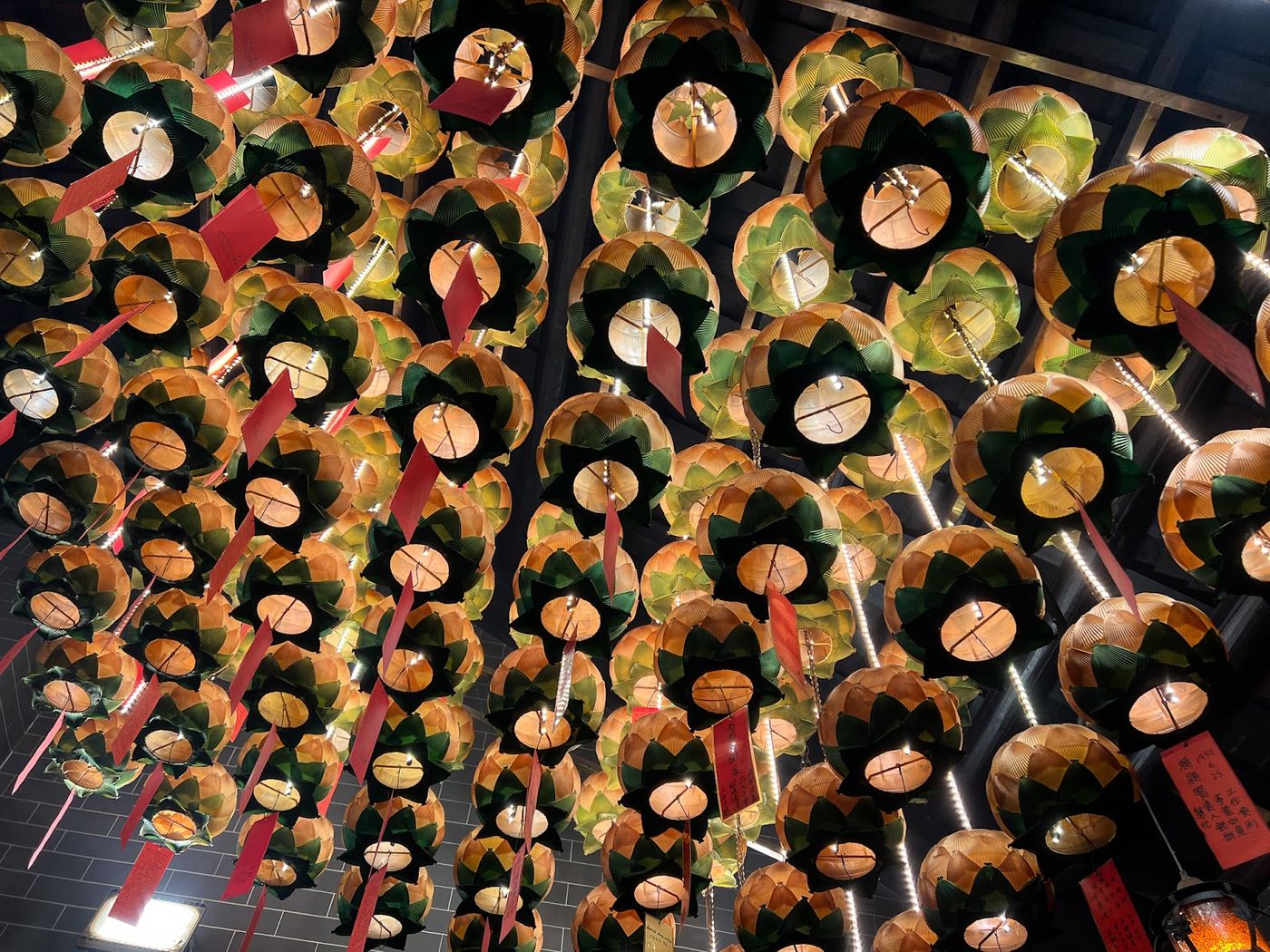
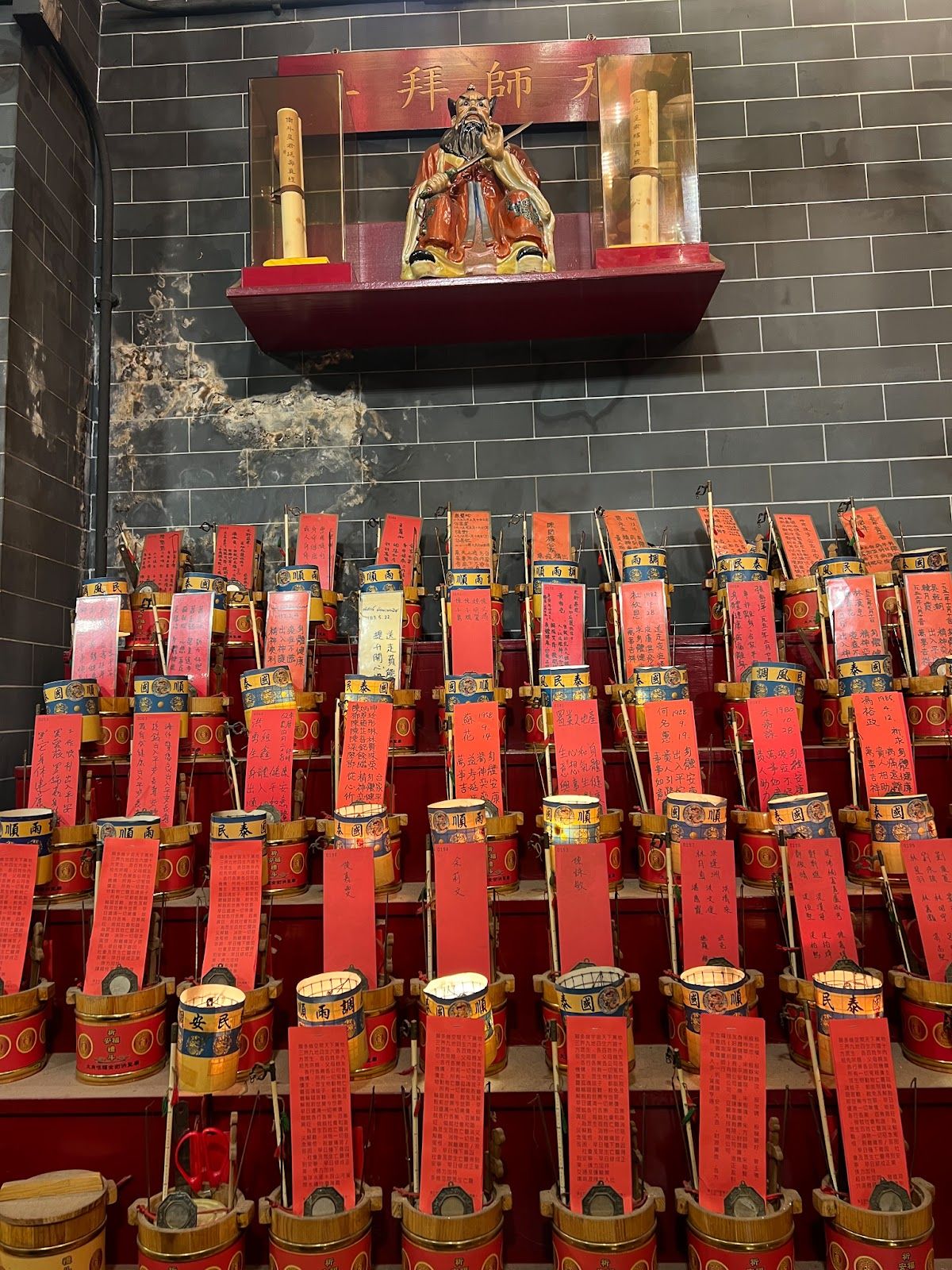
Mobile temple culture
Jacky continued: "In the past, we regarded temples as worshiping gods and praying for blessings and folk beliefs, but in fact temples are closely related to local history and culture. For example, there are Tin Hau and Hung Shing Ye temples in coastal areas; now the horizontal plaque in the middle of the temple is signed: "Sham Shui Po Whampoa Dockyard" was donated to Hung Shing Temple by the Whampoa Dockyard Company. "Whampoa Dockyard, a giant in the shipping industry, used to have Tai Tung Dockyard in Tai Kok Tsui. Some traces of this history can also be found in the temple. In addition to preserving history, Hung Shing Temple also introduces new "prayer products": There is a "Tian Ting Post Office - Hung Shing Temple Branch in Tai Kok Tsui" in the left inner room of the temple, and "name postcards" of gods and characters are sold in an illustration style. Just like the characters in video games, devotees in the past would write down their wishes in writing to make wishes to the gods. Today’s interactions can be transformed into pen pals sending “name cards”. These "flower lords" are actually designed to attract the younger generation to understand temple culture. In addition to cooperating with local tourism organizations to organize temple guided tours to promote the history, Tung Wah Group of Hospitals also cooperates with local craft masters and artists to launch cultural and creative products, and also opens Cultural and creative industry courses and workshops, as well as opening temple cultural and creative coffee shops and unmanned bookstores in different regions to promote temple culture.
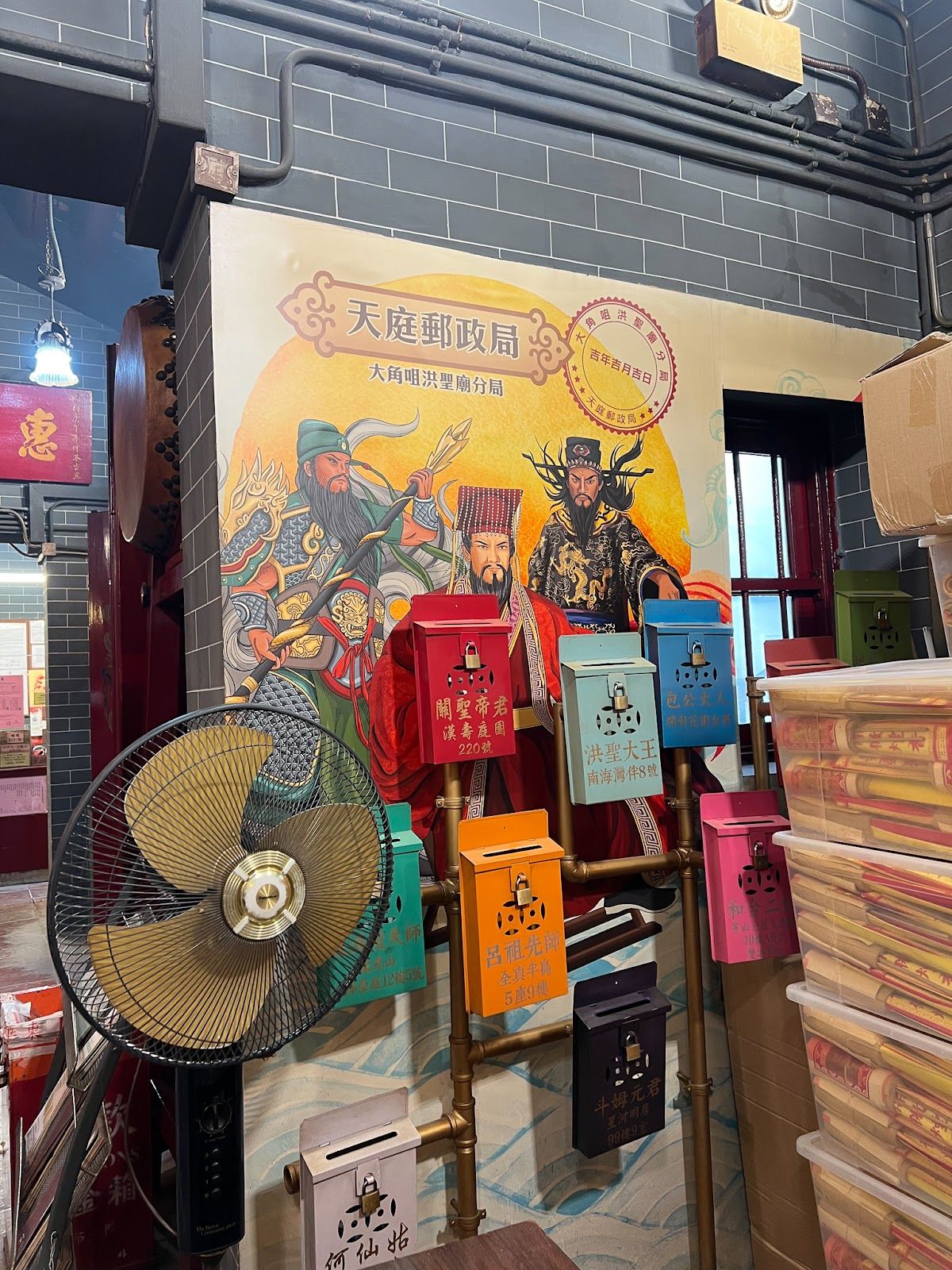
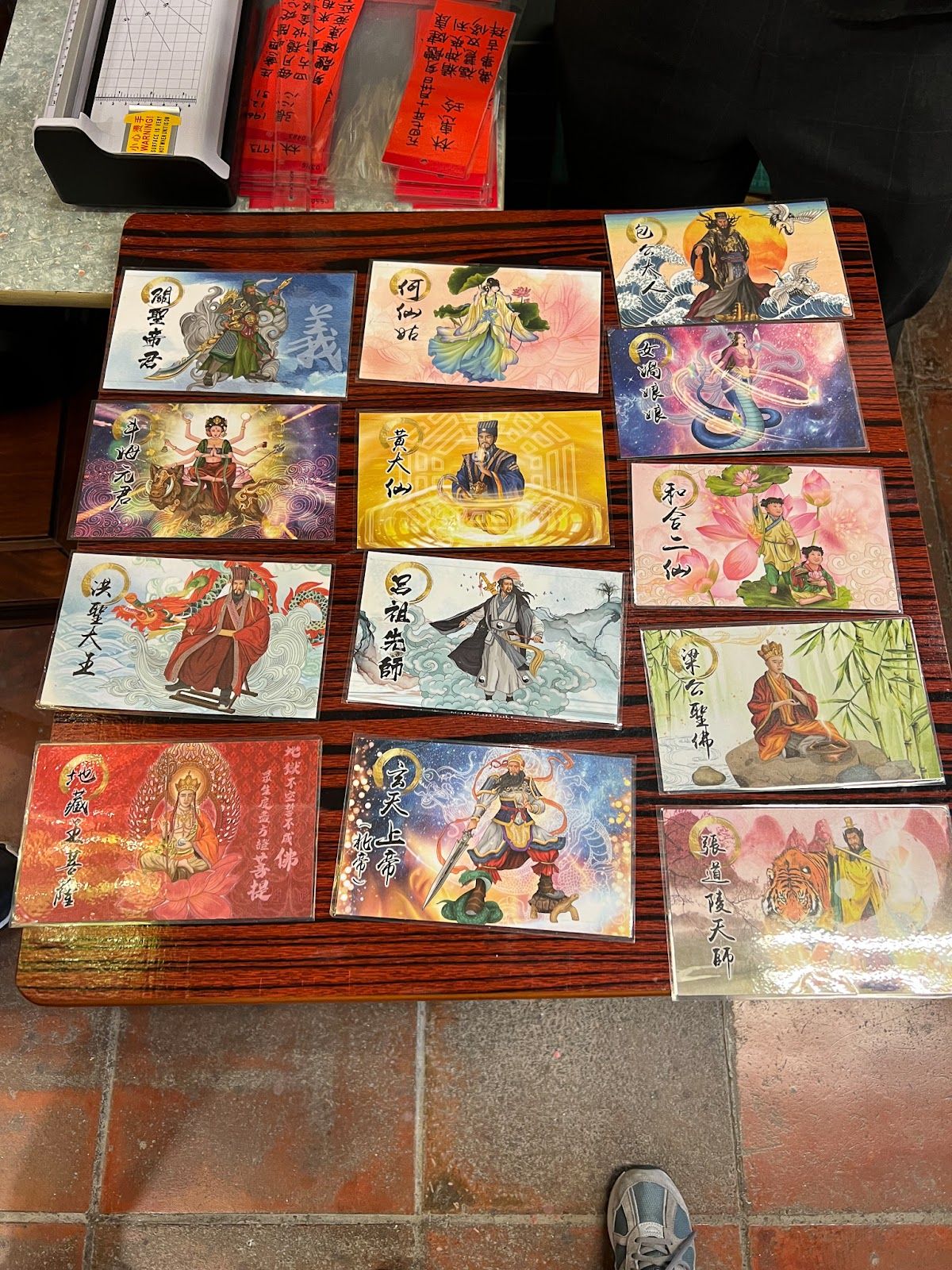
The author couldn't help but suspect that his imagination of traditional culture was too narrow. Jacky responded that it is not easy to revitalize tradition: "The framework of this area (folk customs and beliefs) is particularly strong. Everyone has been used to it for a long time and has existing expectations. It takes time to try. And explanation. For example, when the number of incense burners was greatly reduced, some believers would ask: "The gods don't wash their food?" This requires explanation. The original intention of burning incense is to convey the prayers of believers with the incense to the gods. In ancient times, incense was also burned in the villages to use smoke. It serves as a signal to inform people to gather, but burning incense is not meant to provide food for the gods. This needs to be explained to the believers, and we will ask teachers and seniors for their opinions. "Faith is not necessarily blind superstition. Understanding the essence of what you believe and the original meaning behind your actions can still change with the times.
Walk with Tai Kok Tsui Lifestyle
What has changed is not only the management of Hung Shing Temple, but also the Tai Kok Tsui community itself. This can be reflected in the group of devotees. Li Mok-kun (Brother Kun), a support service assistant who has worked at Hung Shing Temple in Tai Kok Tsui for ten years, said: "Initially, some workers who worked in nearby factories or construction sites would come to offer incense. In recent years, more and more families have moved here. Praying for new homes to be settled, perhaps because more new buildings have been completed in Tai Kok Tsui in recent years." However, Brother Kun said that there are still many old neighbors who have lived in Tai Kok Tsui for decades, and visiting Hung Shing Temple every day has become a part of their lives. Indivisible. In addition to praying to God for peace of mind, he also chats with Brother Kun about everyday things, and we all become old friends. "Hung Shing Temple has been in Tai Kok Tsui for many years. It should not be said that we have done anything to connect with the area. We have actually integrated with the area and are part of Tai Kok Tsui. Neighbors will come if they think of asking God for blessings. "This is how Jacky described the role of Hong Sheng Temple.
During the visit, believers occasionally passed by the door and clasped their hands together and said silently in their hearts, as if they were letting go of something to the gods. Hung Shing Temple is like an ordinary and steady old man, carrying the history of Tai Kok Tsui. Even in the days when the surroundings have become earth-shaking or stormy, it silently provides spiritual sustenance to believers. I hope we can all find a place where our hearts can be stable. place.
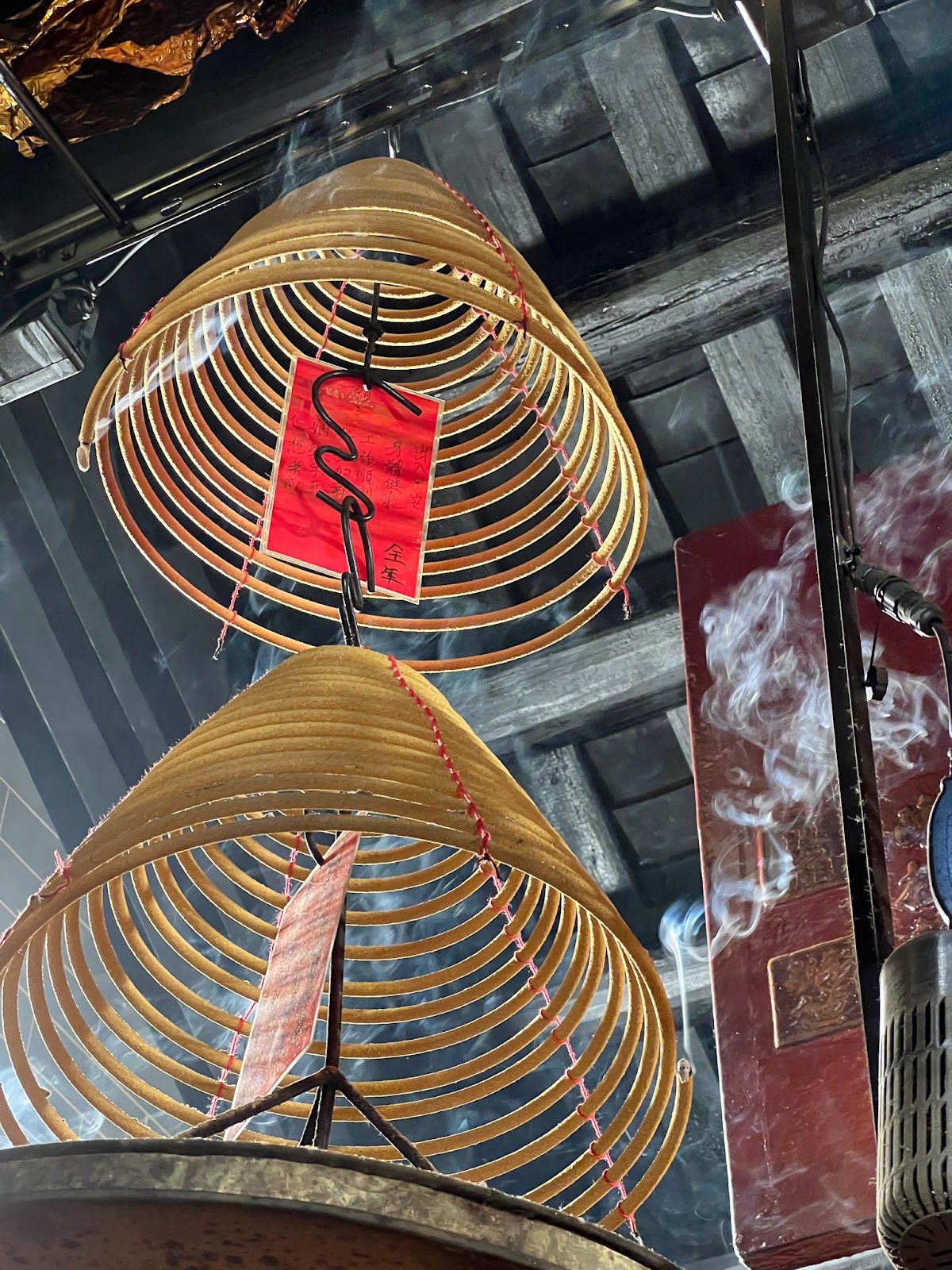
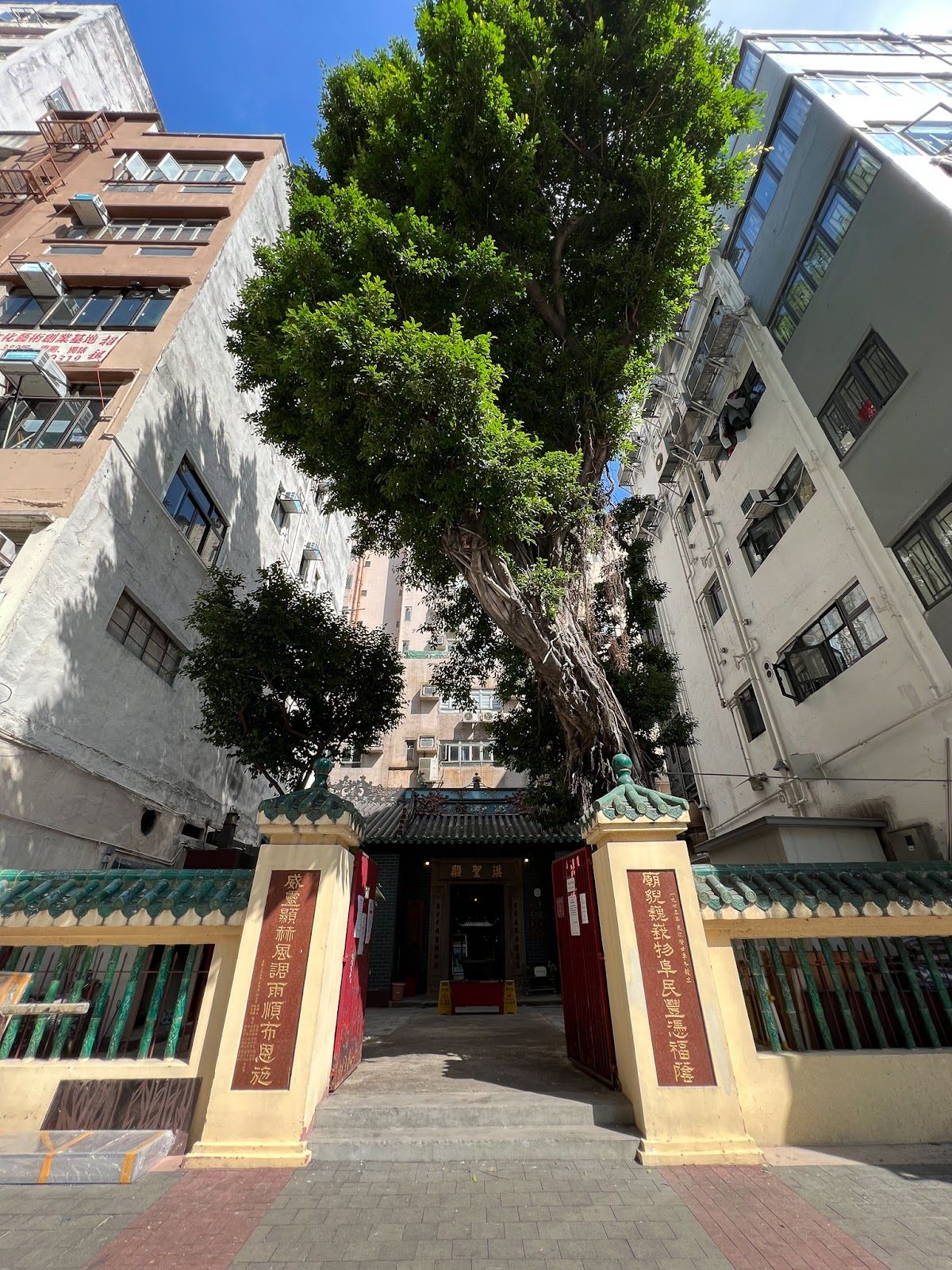
Hung Shing Temple, Fuk Chun Street Address: 58 Fuk Chun Street, Tai Kok Tsui, Kowloon Service hours: 9:00 am to 5:00 pm Tel: 2392 4551 Institutional website: https://temples.tungwahcsd.org/
Short story: Hung Shing Temple and Tai Kok Tsui Temple Fair
When talking about Hung Shing Temple, the first thing many neighbors think of is the "Tai Kok Tsui Temple Fair". But did you know that the Tai Kok Tsui Temple Fair has nothing to do with religion?
Hung Shing Temple was built in 1881 and moved to its current location in 1928. It is managed by Tung Wah Group of Hospitals; while the Tai Kok Tsui Temple Fair started in 2005 and is organized by the Mong Kok Neighborhood Association. The temple fair originated in 2003, when everything was in recession after SARS. At that time, the District Affairs Office wanted to organize activities with regional organizations to revitalize the economy. The Mong Kok Neighborhood Welfare Association hopes to organize ongoing activities. Since the neighborhood association is close to the Hung Shing Temple, they thought of holding an annual temple fair. Hung Shing Temple falls on the 13th day of the second lunar month, and the neighborhood association sets the festival on the first Sunday of March every year, close to the birthday. However, apart from the fact that the neighborhood supervisory committee went to Hung Shing Temple to pay homage before the opening of the temple fair, the temple fair has nothing to do with religion.
The reason why the neighbors are deeply impressed by the "Tai Kok Tsui Temple Fair" is that the temple fair is grand and lively. On the day of the temple fair, several streets around it will be designated as pedestrian-only areas. A stage will be set up outside the temple to host different performances and activities from morning to night. There will be dozens of stalls selling goods on the streets, among which the most popular ones are remembered by the neighbors. What’s more, the evening’s Poon Choi Banquet for 1,000 people and the “Luminous Dragon”. Although held outside the Hung Shing Temple, the temple fair is actually a large-scale neighborhood event organized by a local organization. However, due to the increase in the number of people, many neighbors dropped by the temple when participating in the temple fair. The Hung Shing Temple was also very busy that day.
Participating in temple fairs to "take advantage of the excitement" has been a habit of many neighbors for many years. Some neighbors are tired of the noisy and wasteful temple fairs. Whether they like it or not, the "Tai Kok Tsui Temple Fair" has become a common memory of the Tai Kok Tsui community. Affected by the epidemic, the temple fair has been suspended since 2020 and will not be resumed for the time being .
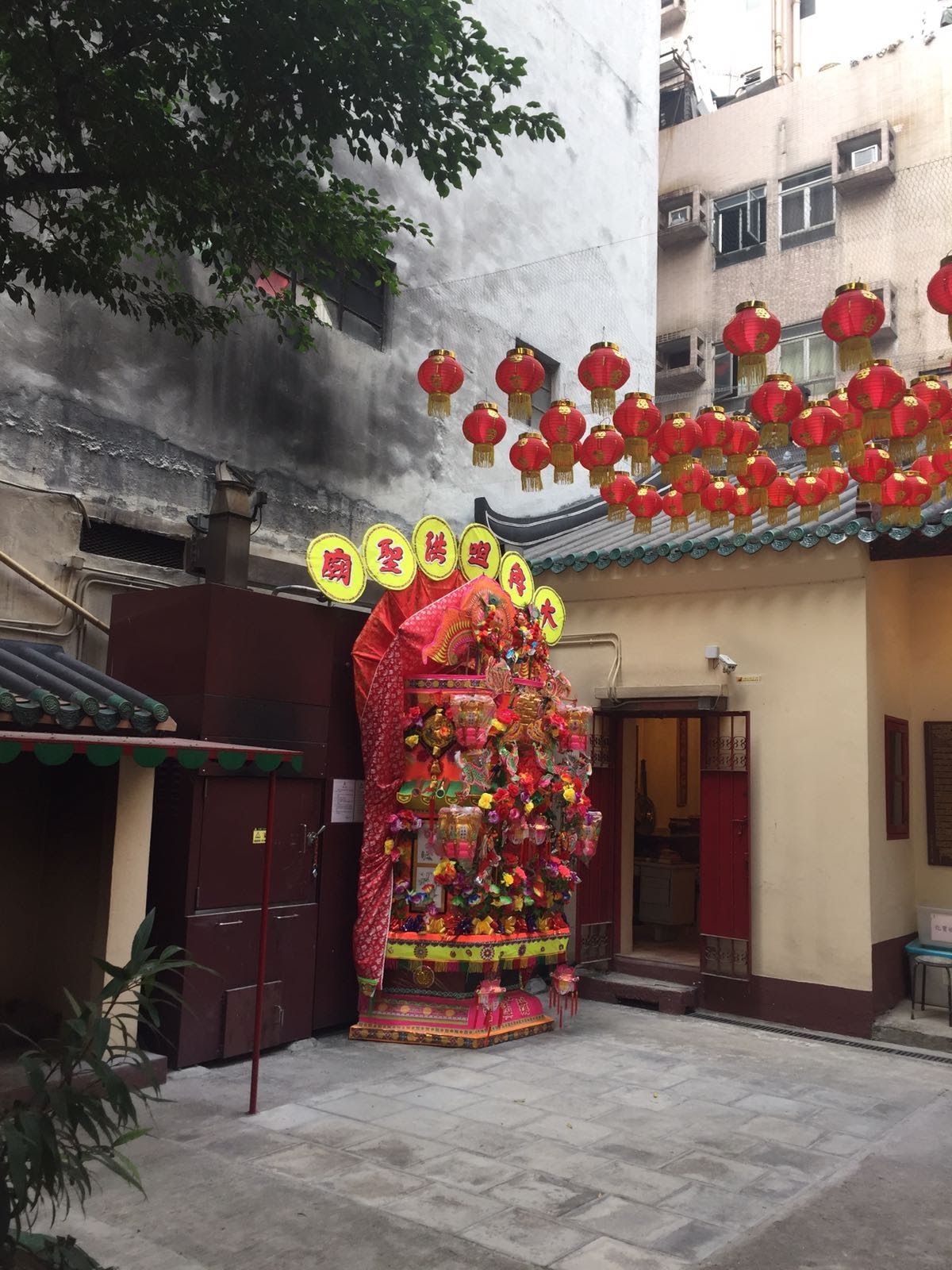
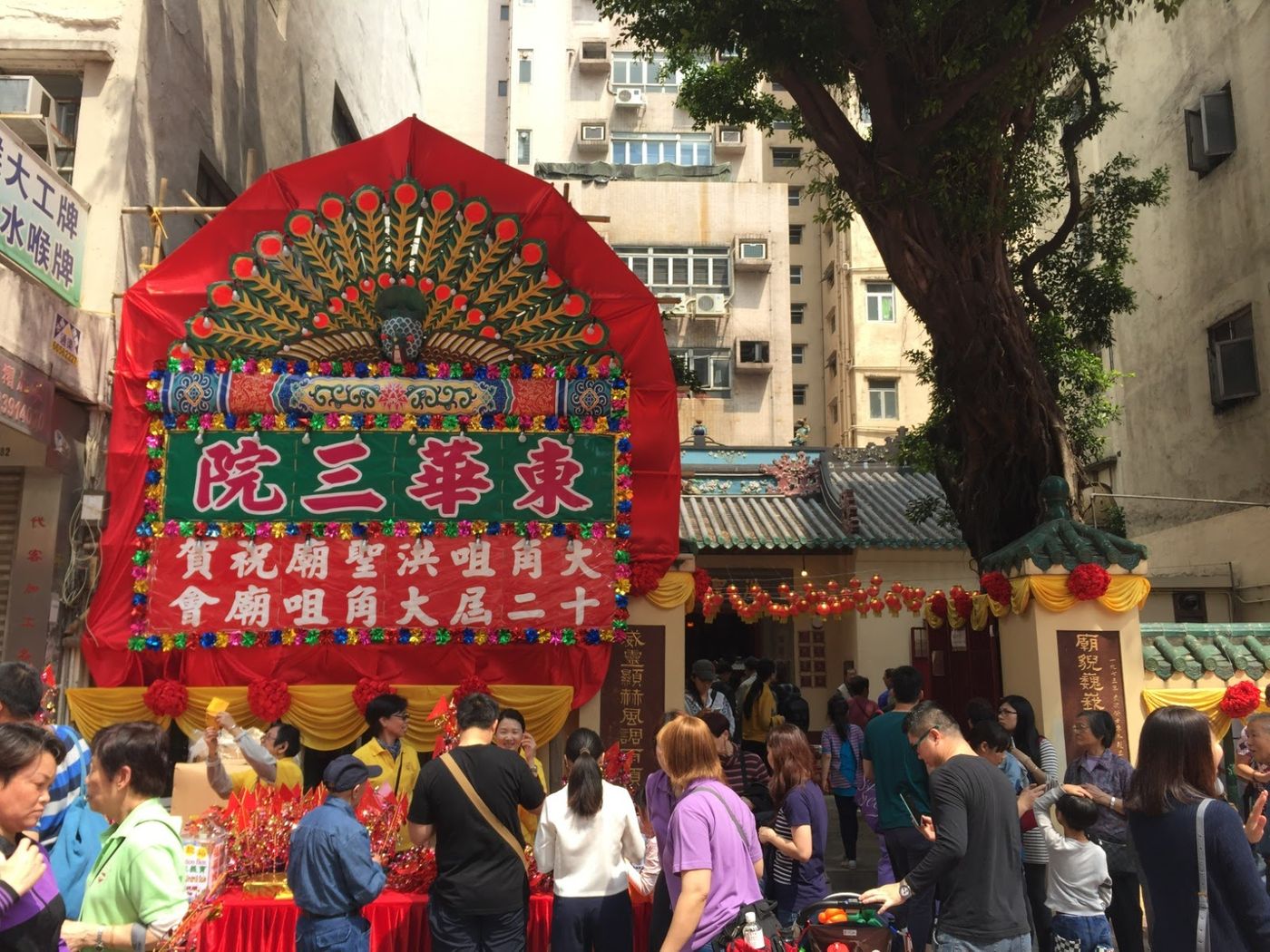
Acknowledgments: Tung Wah Group of Hospitals, Tung Wah Group of Hospitals, Hung Shing Temple, Fuk Chun Street
Reporter: Belle
Like my work? Don't forget to support and clap, let me know that you are with me on the road of creation. Keep this enthusiasm together!

- Author
- More